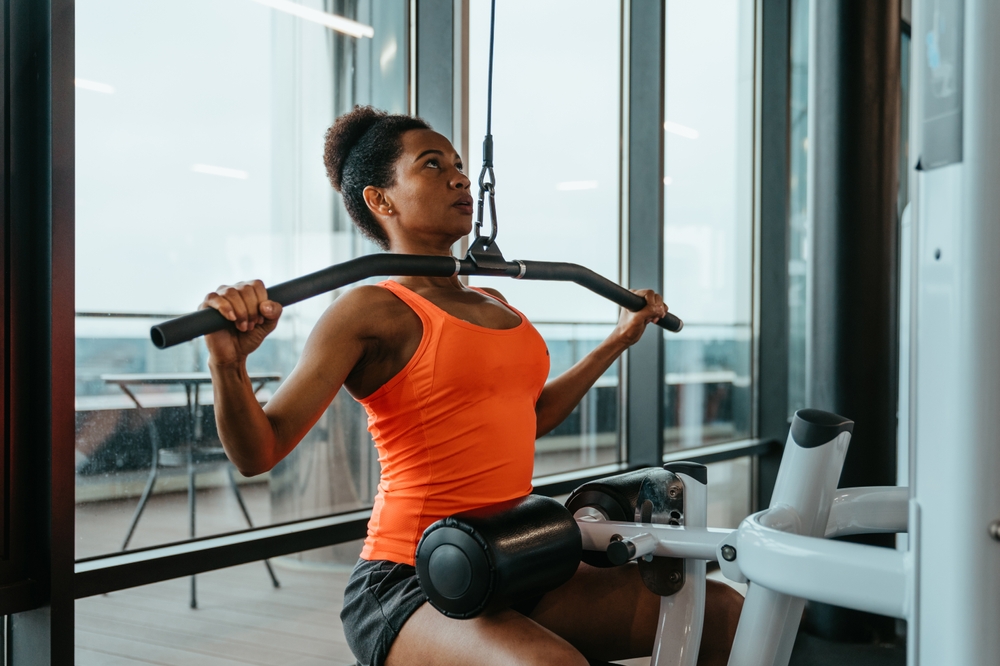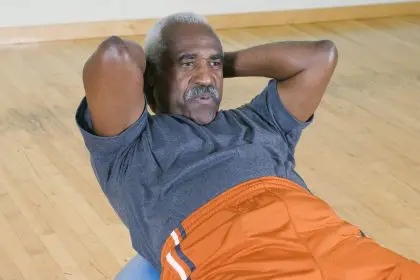Recent research reveals that weight-bearing exercises do far more than build muscle. These fundamental movements trigger profound changes throughout your body, from strengthening bones to enhancing brain function. Medical experts now recognize them as crucial for lifelong health and mobility.
Understanding weight-bearing exercises
These exercises work by making your body move against gravity while staying upright. They include:
Walking and jogging engage multiple muscle groups Dancing combines cardio with balance training Bodyweight exercises like planks build core strength Resistance training develops functional strength Yoga and Pilates enhance flexibility and stability
The science behind the benefits
Research shows five key ways these exercises transform health:
Bone density increases through mechanical loading Muscle fibers strengthen with progressive resistance Balance improves through proprioceptive challenge Metabolism rises with increased muscle mass Cardiovascular system adapts to physical demands
Transforming bone health
Studies reveal remarkable bone-strengthening effects:
Impact activities stimulate bone formation Regular exercise reduces osteoporosis risk Weight-bearing movements strengthen joint stability Bone density improvements continue with consistency Prevention works better than treatment for bone loss
Building sustainable strength
Expert trainers emphasize proper progression:
Start with bodyweight exercises for foundation Gradually increase resistance and complexity Focus on form before adding weight Build balanced strength across muscle groups Maintain consistency for lasting results
Enhancing cardiovascular health
Research demonstrates multiple heart benefits:
Lower resting heart rate with regular exercise Improved blood pressure control Enhanced circulation throughout the body Better oxygen utilization by muscles Reduced risk of cardiovascular disease
Boosting metabolic health
Weight-bearing exercises provide lasting metabolic advantages:
Increased resting metabolic rate Enhanced insulin sensitivity Better blood sugar regulation Improved body composition Long-term weight management support
Mental health benefits
Scientists have discovered significant psychological impacts:
Reduced anxiety and depression symptoms Enhanced cognitive function Better stress management Improved sleep quality Increased self-confidence
Creating an effective routine
Fitness experts recommend structured progression:
Begin with basic movements Establish proper form and technique Gradually increase duration and intensity Include variety for balanced development Allow adequate recovery time
Safety considerations
Medical professionals emphasize proper preparation:
Consult healthcare providers before starting Start slowly and build gradually Listen to your body’s signals Maintain proper form and alignment Use appropriate safety equipment
Adapting for different fitness levels
Programs can be modified for various needs:
Beginners start with supported movements Intermediate exercisers add complexity Advanced participants increase intensity Modifications available for limitations Progressive challenges maintain growth
Age-specific considerations
Exercise benefits vary across life stages:
Young adults build peak bone mass Middle-aged adults maintain strength Older adults focus on preservation Seniors emphasize balance and stability All ages need appropriate progression
Equipment options
Effective training requires minimal investment:
Bodyweight exercises need no equipment Resistance bands offer portable options Free weights provide progressive loading Stability tools enhance balance work Home gym equipment adds variety
Nutrition support
Proper nutrition enhances exercise benefits:
Adequate protein supports muscle recovery Calcium and vitamin D build bone strength Hydration maintains performance Timing nutrients around workouts Balance macronutrients for energy
Recovery strategies
Optimal results require proper recovery:
Allow adequate rest between sessions Practice active recovery techniques Use proper cool-down protocols Implement stress management Prioritize quality sleep
Long-term success strategies
Maintaining motivation requires planning:
Set realistic, progressive goals Track progress consistently Celebrate small victories Build supportive habits Stay connected with community
Advanced techniques
For continued progress, consider:
Complex movement patterns Higher intensity intervals Unstable surface training Compound exercises Progressive overload
Common mistakes to avoid
Prevent setbacks by avoiding:
Poor form and technique Inadequate warm-up Over-training symptoms Ignoring pain signals Inconsistent practice
The future of fitness
Emerging trends shape exercise evolution:
Digital training platforms Wearable technology integration Virtual reality workouts AI-guided programming Remote coaching options
Weight-bearing exercises form the foundation of lifelong health and fitness. By understanding and implementing these movements correctly, you can build strength, enhance mobility, and protect your health for years to come. Remember that consistency and proper progression matter more than intensity for lasting results.















